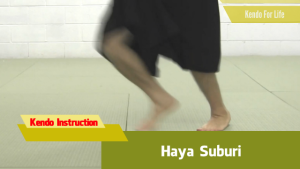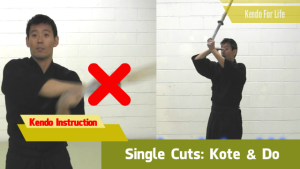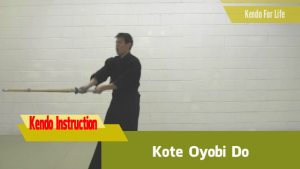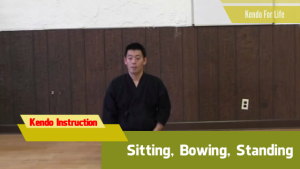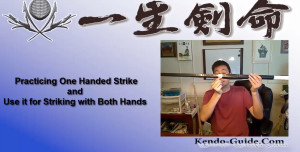 I learned the shinai swinging mechanism at the 8th Nito Seminar. The mechanism is very helpful for all the kendo practitioners but I do not want to make it to the public because I am still learning. If you want to learn come and join the Study Group. If you a member of the study club, you are seeing this fine 🙂
I learned the shinai swinging mechanism at the 8th Nito Seminar. The mechanism is very helpful for all the kendo practitioners but I do not want to make it to the public because I am still learning. If you want to learn come and join the Study Group. If you a member of the study club, you are seeing this fine 🙂
If you have some spare shinai, prepare two pieces of bamboos from the shinias you no longer use. Then tape them together like the photo above. Then mark where you think the center of mass is.
The reasons that you make this shinai is
- to have a light shinai
Why?
So you can strike one handed strike without unnecessary strength.
This is very very important. If you use a normal shinai, you will put extra strength to swing the shinai down and stop it. This will develop unwanted habits. So we want to have a light shinai.
Once you have the light shinai and marked the center of mass, then time to swing it down. What you should do is
- Have your shinai right in front of you so the mark is right in front of your face
- Lift up the shinai a little bit so the mark goes over your eye level
- Push it forward to strike a target
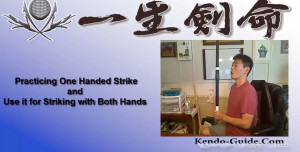
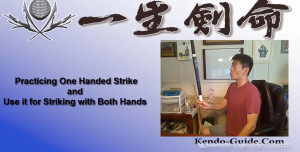
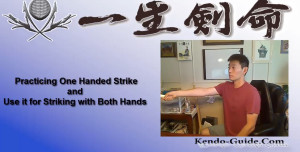
When you extend your arm here is what you should pay attention.
Once you lift up the shinai as the mark goes up above the eye level, just extend your arm so the mark is going toward the target.
You can feel how effective it is to strike a target with this method.
Here is the video I can share with you. It is introducing its mechanism. The other video is about actual practice but it is only for patrons because I do not want to make it to the public. Go and watch another video at Patron Only Content.

